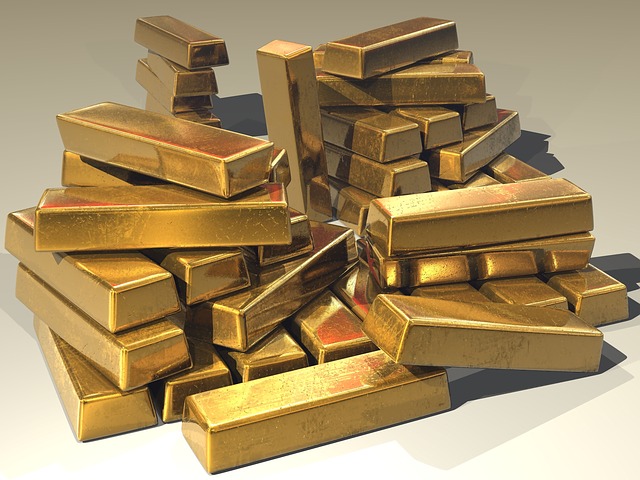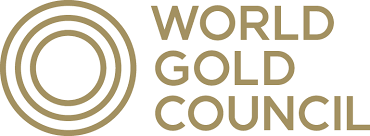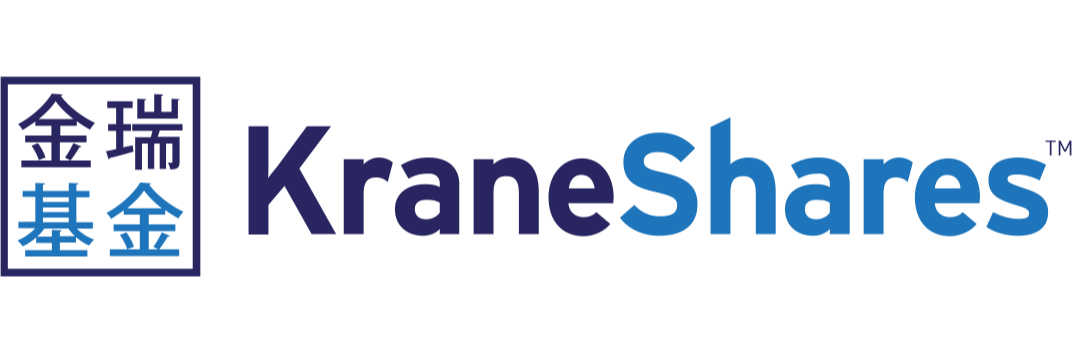Today's new ETF listings from around the world.
USA
World Gold Council underprices everyone on gold ETFs
The World Gold Council - the driving force behind the world's largest gold ETF (GLD) - is rolling out a second gold ETF in an effort to underprice iShares' IAU and GraniteShares' BAR, the two cheapest gold ETFs.
The SPDR Gold MiniShares Trust (GLDM) will be structured in the same way as GLD, offering physically-backed exposure to gold. The only difference, so far as we can tell, is that it will charge 0.18% rather than the 0.40% charged by GLD.
Analysis - why list an identical product and compete with yourself?
The World Gold Council already has a gold ETF. Which begs the question: why are they listing another one and choosing to compete with themselves? Why not simply lower the price of GLD?
In cracking this riddle, it can help to reopen the undergrad economics textbook and remember the lessons of present value. For ETF issuers with famous high fee products (think SPY, GLD, EEM), it makes sense to leave their higher priced ETFs as is, let them slowly bleed assets to cheaper competitors, and then launch their own cheaper identical competitors that cannibalise their original product. Why?
Well, their more expensive ETFs - the 0.40% GLD in this case - will lose assets to their competitors (or, at the very least, lose market share). But the profits lost on the assets bled to cheaper competitors will not be as great as the profits lost by immediately dropping fees after you adjust for present value.
If the WGC cut fees by more than half, GLD's profitability would fall by more than half immediately. And GLD would need to double its assets to hit the same revenue level that it had under its 0.40% fee line. Gathering these assets would take years, during which time present value would do its dirty work. And by the time they gathered them, GLD could well be earning less than it would have had it simply kept the product as is, higher fees and all and simply lost the assets. (A dollar in 5 years is worth less than a dollar today, etc).
iShares were the first to discover this. When Vanguard came along and underpriced their emerging markets ETF (EEM), they responded by inventing a "Core" Emerging Markets ETF (IEMG). IEMG and EEM were basically the same. But by listing a second product, iShares could keep fees on EEM high and catch at least some of the assets EEM lost over the years to lower fee products. Thus, at least in part, protecting its profits.
KraneShares lists Chinese junk bond ETF
China ETF specialist KraneShares is listing a first-of-a-kind ETF that gives exposure Chinese junk bonds. The KraneShares CCBS China Corporate High Yield Bond USD Index ETF (KCCB) will track an index produced by Solactive, (information here) that collates the US-dollar debts of Chinese and Hong Kongese companies.
Debts eligible for inclusion include fixed interest, floating, and variable rate securities, with one year or more until their conversion. To qualify in the index, debts must be:
(1) at least 40 days old; (2) have two to five years remaining until maturity or no maturity date; (3) are unrated by Fitch or Moody's or have at least one rating by Fitch or Moody's that is equal or lower to BBB- or Baa3; (4) have not defaulted; (5) have a par value of at least $300 million; (6) are issued by issuers with outstanding public debt securities with a value of of at least $1 billion.
The security with the highest yield to maturity will be included for issuers with more than one security eligible for inclusion in the index, the prospectus says. The index is weighted by the market value of the outstanding debt qualified for inclusion, but limits the weight of any single issuer's securities to 5% at each rebalance.





